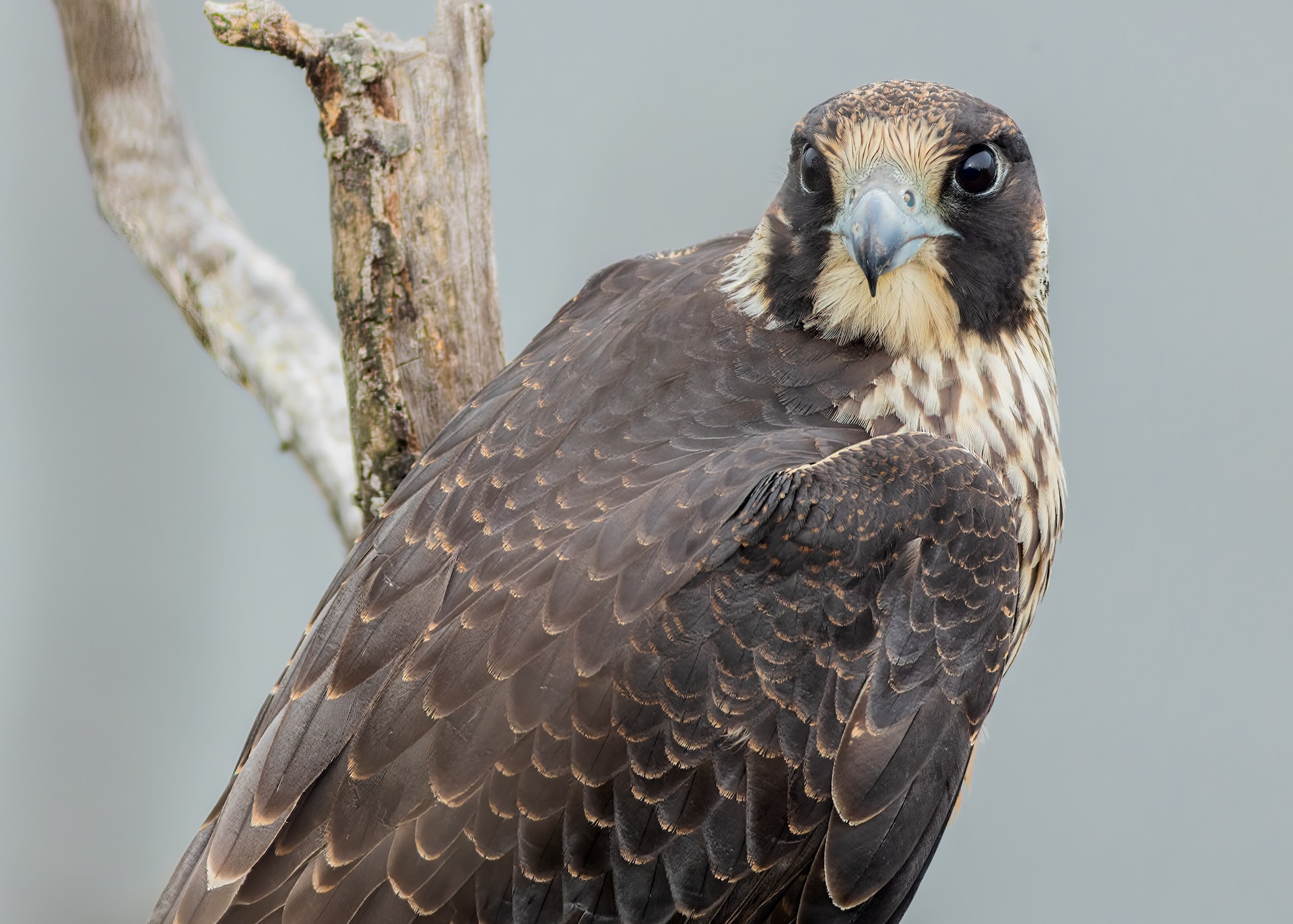
Peregrine Falcons are one of the most fascinating birds of prey, known for their incredible hunting abilities and stunning aerial acrobatics. But there is another aspect of their lives that is equally remarkable – their long-distance migration journeys.
Peregrine Falcons are found all over the world, from North America to Europe, Asia, Australia, and Africa. But during the breeding season, they tend to stay close to their nesting sites, which are typically located on cliffs, tall buildings, or other high structures. However, after the breeding season is over, many Peregrine Falcons embark on a long and hazardous journey to their wintering grounds, which can be thousands of miles away.
There are two main types of Peregrine Falcon migration: the northern and the southern. The northern migration involves birds that breed in northern latitudes, such as Canada, Alaska, and Scandinavia, and winter in more southerly areas, such as the United States, Mexico, Central and South America, or even as far away as the Falkland Islands. The southern migration, on the other hand, involves birds that breed in southern latitudes, such as New Zealand, Australia, or South Africa, and migrate to even more southern areas, such as Antarctica, where they spend the winter.
The timing and route of Peregrine Falcon migration vary depending on the population and location. Some birds start their journey as early as July, while others wait until September or even later. Similarly, some birds fly over land, while others follow coastal routes or cross open seas.
Regardless of the route, Peregrine Falcon migration is a challenging task, and many hazards await these brave birds along the way. Some of the main challenges include bad weather, food shortages, predators, and human activities such as hunting, poisoning, or habitat destruction.
Despite these obstacles, many Peregrine Falcons complete their migration journey successfully and return to their breeding sites in the spring, ready to start a new nesting cycle. During the breeding season, Peregrine Falcons exhibit a remarkable fidelity to their nesting sites, often returning to the same location year after year. This loyalty is a testament to the birds’ exceptional navigational skills, which allow them to find their way across vast distances of unfamiliar terrain and find their way back to their homes.
In conclusion, Peregrine Falcon migration is one of the most impressive feats of avian athleticism and endurance. These birds travel thousands of miles each year, risking their lives to reach their wintering grounds and return to their native breeding sites. Their incredible migration journeys are a testament to the resilience and adaptability of these magnificent birds, which have survived for millions of years despite the many challenges they face.
Comments
Post a Comment